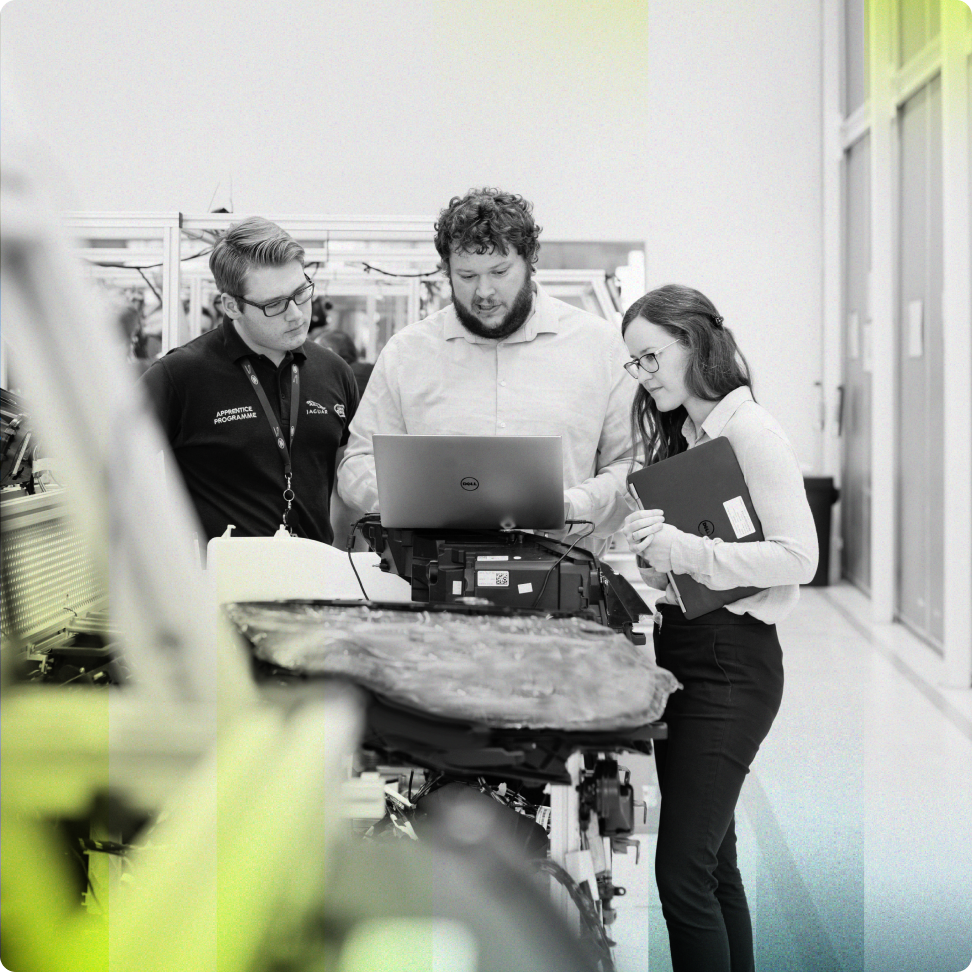3D printing is an innovative production method that can help businesses improve products and designs, making it an excellent activity to include in your R&D tax credit claim.
Implementing 3D printing fits the criteria for the IRS four-part test. To qualify for an R&D tax credit claim, an activity must be:
- Developing a new or improved business component
- Technological in nature
- Elimination of uncertainty
- Process of experimentation
Changing the manufacturing process to incorporate 3D printing fits the above criteria and can help several industries refine their products. Some of the sectors that may benefit include:
Healthcare
3D printing can be a boon to the healthcare industry in several ways, including manufacturing personal protective equipment, donor organs from living cells, and dose and delivery systems. Manufacturing these products more efficiently can bring about a range of benefits, from more effective organ replacement to tailor-made prescription drugs.
Medical devices are another area where 3D printing can improve your products. 3D printing allows manufacturers to create orthopedic and cranial implants, prosthetics, surgical instruments, and dental restoration implants with greater precision and quickly make necessary adjustments. Moreover, healthcare providers can more easily customize implants to fit their patient’s anatomy than those manufactured with traditional methods.
Tech
There are several activities tech organizations can make easier with 3D printing, including prototyping, modeling, and manufacturing materials. Prototyping and modeling previously required companies to spend several months and millions of dollars on labor and R&D costs. By adopting 3D printing, businesses can save time and money on the design process.
Tech companies can also use 3D printing to manufacture device components, tools, and accessories. Some products that can be created include smartphone cases, tripods, cable organizers, keyboards, and more. 3D printing is particularly advantageous if a company needs to quickly make proprietary, inaccessible, or discontinued parts.
Construction
In the construction industry, 3D printing can create components for a project to be built later or, in some cases, outright build a structure. Benefits include waste reduction, lower labor costs, and the ability to create designs that would be difficult or impossible using traditional methods. As the technology becomes more widespread, it may become easier for construction firms to incorporate it into their organization and add it to their R&D tax credit claim.
Aerospace
The aerospace industry was one of the first to utilize 3D printing for R&D. Incorporating 3D printing reduces manufacturing time, allows companies to prototype new products rapidly, and is more cost-efficient. Furthermore, 3D printing makes it easier for aerospace businesses to make precisely specified components in a sector where minuscule improvements can lead to significant financial savings. In a heavily R&D-reliant industry, 3D printing may be a valuable addition to an R&D department.
As 3D printing becomes more accurate, efficient, and affordable, it becomes more appealing to add to your company’s manufacturing process and report on your R&D tax credit claim. If you need help claiming R&D tax credits, contact us today!
